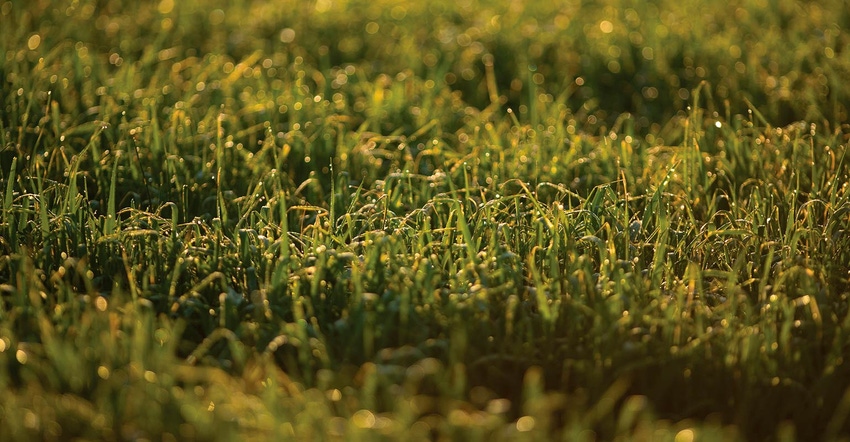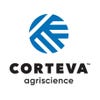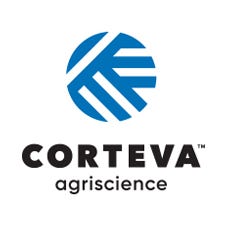As feed costs rise, look to your pastures for lower-cost gains
Consider these steps this spring to boost per-acre beef production
March 1, 2021

Sponsored Content
With market factors signaling continued support for grain prices, many ag economists point to profitable opportunities in the pasture this grazing season. The thinking goes like this: For cattle feeders, buying heavier calves so they rely less on high-priced grain will give them the best shot at success.
That likely means increased demand for heavier calves and presents an opportunity for grazers. Ensuring your grazing acres are at peak production is a good place to start. Growing more grass and managing it well can help ramp up per-acre beef production, whether that's by running a few more head or -- especially during 2021 -- extending the grazing season to capture those lower-cost gains.
Start fast, finish strong
Season-long success in the pasture starts early and continues through the summer. It's not a turn-'em-out-and-forget-it enterprise. Here are several tips to consider that can help maximize pasture productivity.
Evaluate last year's successes and challenges and adjust grazing plans accordingly.
Scout early and often. Catch small problems before they become larger headaches.
Don't forget fertility. Fertilizing according to soil test can increase forage quantity and quality.
Control broadleaf weeds early.
Go gentle on drought-stressed areas. Over grazing will prolong drought recovery.
Annual and biennial broadleaf weeds can green up even before pasture grasses. Once growing, weeds steal the moisture, nutrients and sunlight forages need. Catching weeds early gives pasture grasses a competitive advantage.
Early in the season means when weeds are small and growing. At that size, they're easy to cover and control, and they haven't robbed much from the grass yet.
Using a residual herbicide, such as DuraCor® herbicide, early in the season stops those early emerged weeds while providing control of those that germinate later. This extended control will help stop weeds throughout the season, preserving moisture and allowing grasses to get a head start on the weeds.
Removing that early competition lets the grass get up and grow. From there, the cow can be a very good management tool. You can work with her to graze properly so the grasses shade and outcompete the weeds.
So many factors play into maximizing pasture productivity, especially in areas already challenged by drought. It's a delicate balance to be sure. For help with a plan to grow more grass, visit RangeAndPasture.com. To learn more about the profit-per-acre approach to pasture management, visit RangeAndPasture.com/ROI.
™ ® Trademarks of Corteva Agriscience and its affiliated companies. Under normal field conditions, DuraCor® is nonvolatile. DuraCor has no grazing or haying restrictions for any class of livestock, including lactating dairy cows, horses (including lactating mares) and meat animals prior to slaughter. Label precautions apply to forage treated with DuraCor and to manure and urine from animals that have consumed treated forage. DuraCor is not registered for sale or use in all states. Contact your state pesticide regulatory agency to determine if a product is registered for sale or use in your state. Always read and follow label directions.
About the Author(s)
You May Also Like





